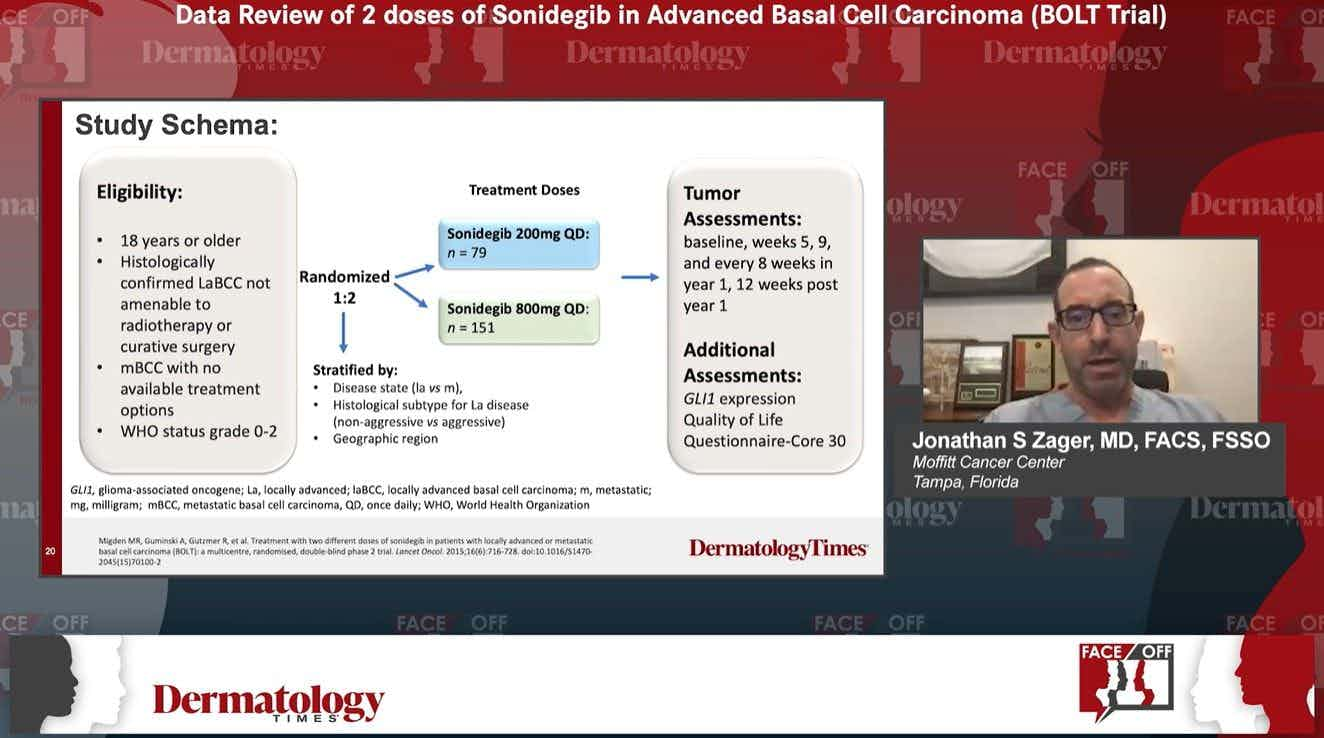- Acne
- Actinic Keratosis
- Aesthetics
- Alopecia
- Atopic Dermatitis
- Buy-and-Bill
- COVID-19
- Case-Based Roundtable
- Chronic Hand Eczema
- Chronic Spontaneous Urticaria
- Drug Watch
- Eczema
- General Dermatology
- Hidradenitis Suppurativa
- Melasma
- NP and PA
- Pediatric Dermatology
- Pigmentary Disorders
- Practice Management
- Precision Medicine and Biologics
- Prurigo Nodularis
- Psoriasis
- Psoriatic Arthritis
- Rare Disease
- Rosacea
- Skin Cancer
- Vitiligo
- Wound Care
Article
Skin Cancer Education and Prevention in Skin of Color Patients
At a poster session at the Skin of Color Update meeting in New York City, investigators looked at skin cancer education and prevention among patients with skin of color.
Skin cancer remains the most common malignancy in the United States. Though less prevalent in patients of skin of color, it often presents at more advanced stages in these population groups compared to White patients. At a poster session at the 2022 Skin of Color Update meeting, investigators looked into assessing and improving skin cancer awareness among patients with Skin of Color (SOC), and promoting sun protective behaviors and self-skin exams among these patients.
Participants included patients who self-identified as skin of color and/or Fitzpatrick skin types lV-Vl. The majority of participants (81%) were Black or African-American; 15% were Asian, with the rest being American Indian or Alaska Native; Native Hawaiian or Pacific Islander, or White.
Before the survey, in which participants were provided with an educational brochure that incorporated Skin of Color (SOC) images an facts regarding skin cancer in SOC, 85% of patients agreed that people with SOC can develop skin cancer, with 97% agreeing after the survey. Additionally, 15% of patients before the survey identified hands, feet, and nails as the most common locations for melanoma in SOC, with a dramatic 65% identifying these areas postsurvey.
The percentage of patients performing monthly self-exams was only 15% before the survey, and 58% after the survey. Other statistics of interest were only 9% of patients correctly identifying the ABCDEs of melanoma before the survey, but nearly a third (27%) postsurvey. Furthermore, patients growing very comfortable performing self-skin exams went up to 73% after the survey, compared to 45% before the survey.
A number of important observations resulted from the study. Firstly, a lack of awareness and education are major factors to skin cancer health disparities in SOC. This brief educational intervention was associated with significant improvement in patient knowledge and behaviors when it comes to skin cancer prevention and detection, and inclusive educational interventions may be one part of a multipronged effort to help address these health inequities for patients with SOC.
Reference
Ojeaga A, Mehrmal S, Lee K, et al. Skin cancer education and prevention among patients with skin of color: a targeted educational intervention at an academic dermatology clinic. Skin of Color Update meeting. Sheraton New York Times Square Hotel. New York, New York. September 9-11, 2022.
Newsletter
Like what you’re reading? Subscribe to Dermatology Times for weekly updates on therapies, innovations, and real-world practice tips.















